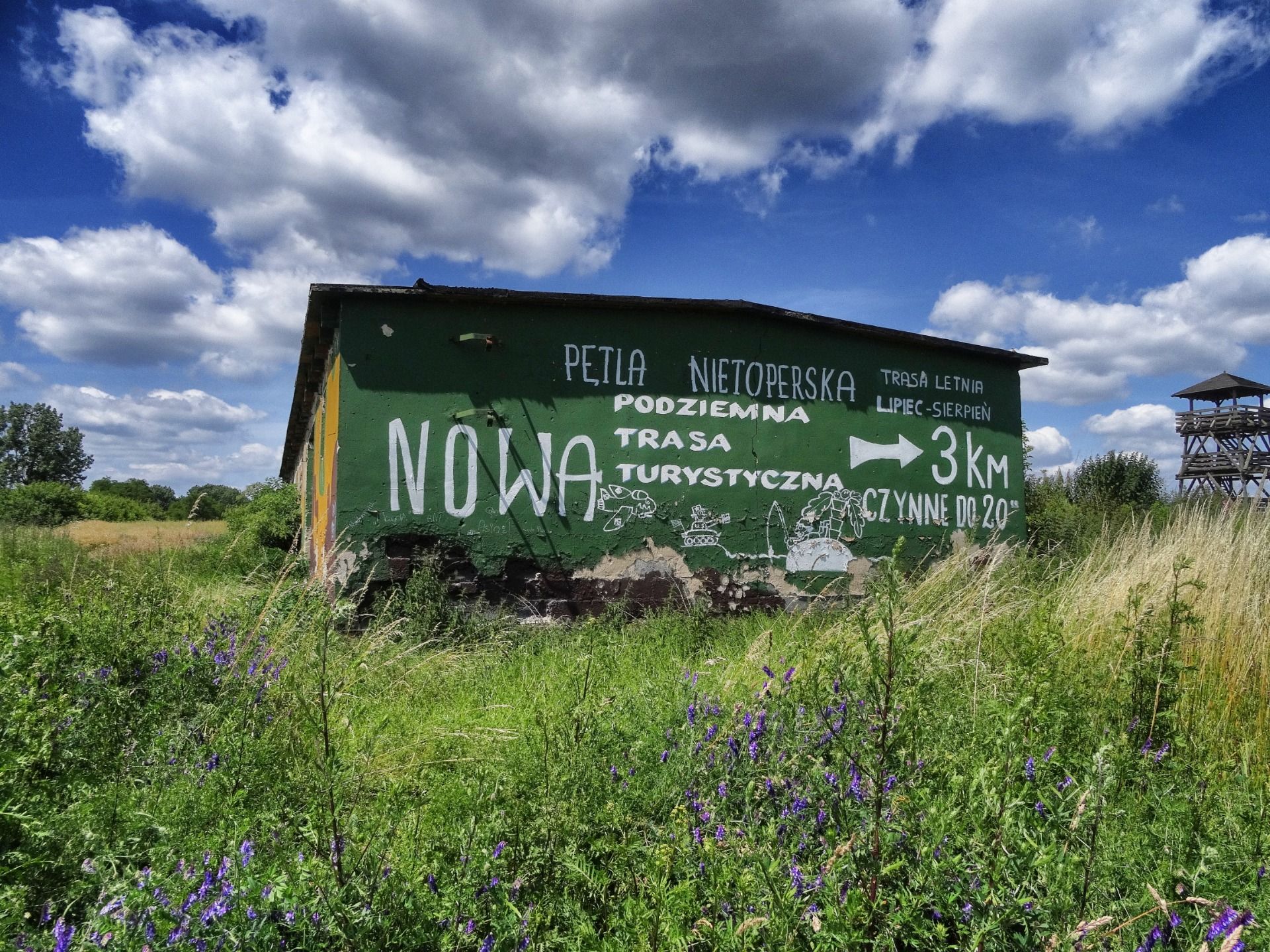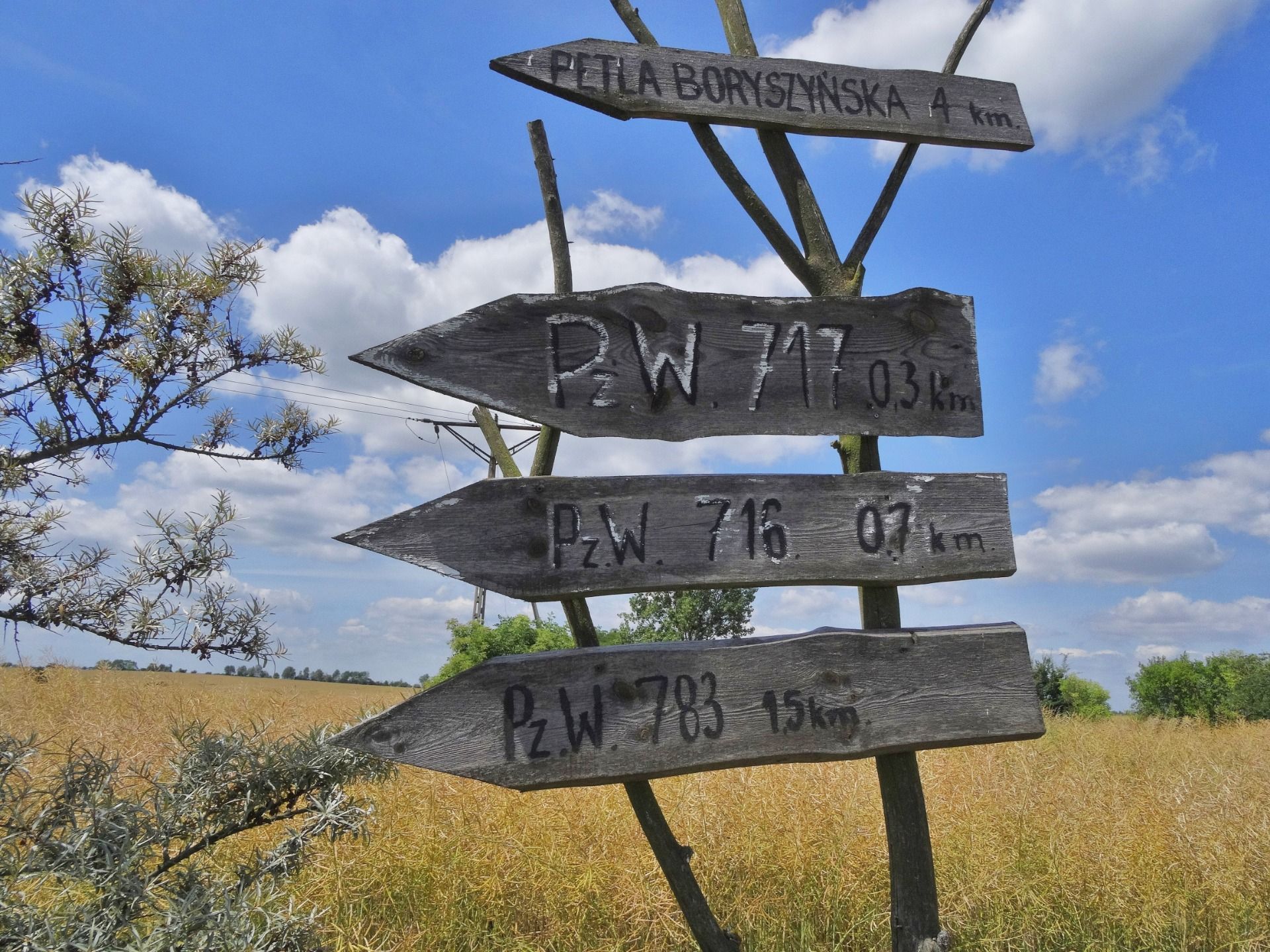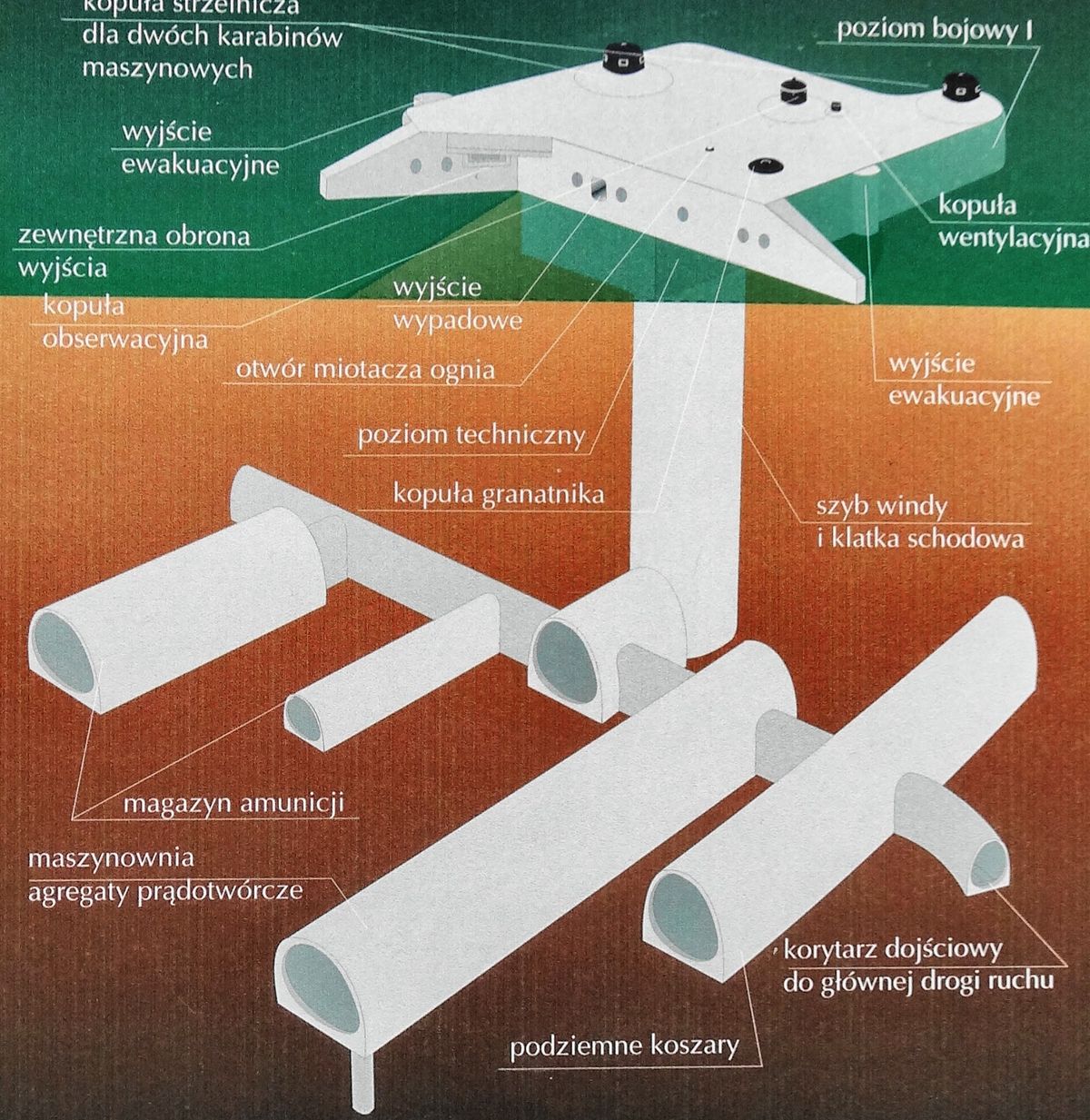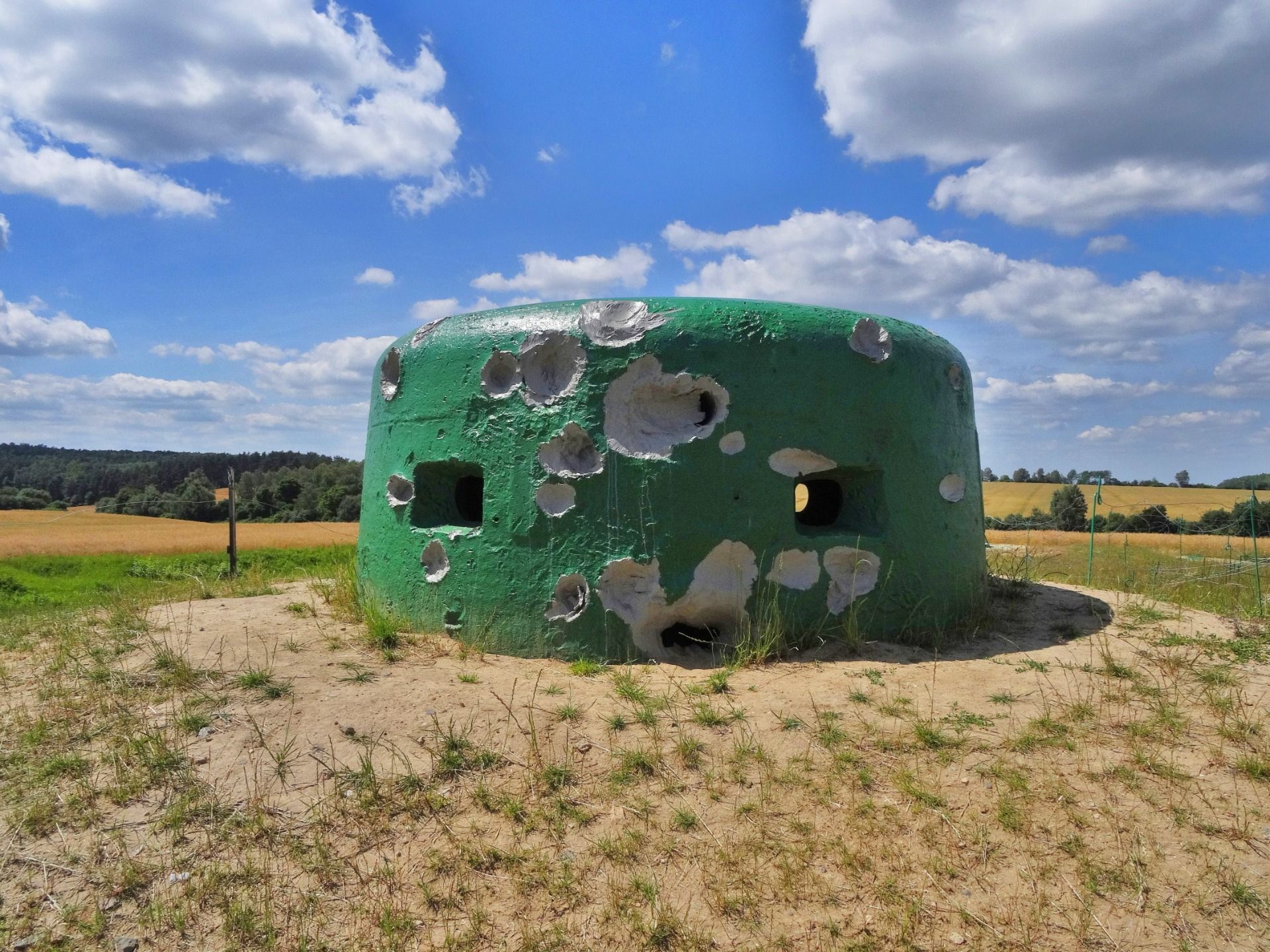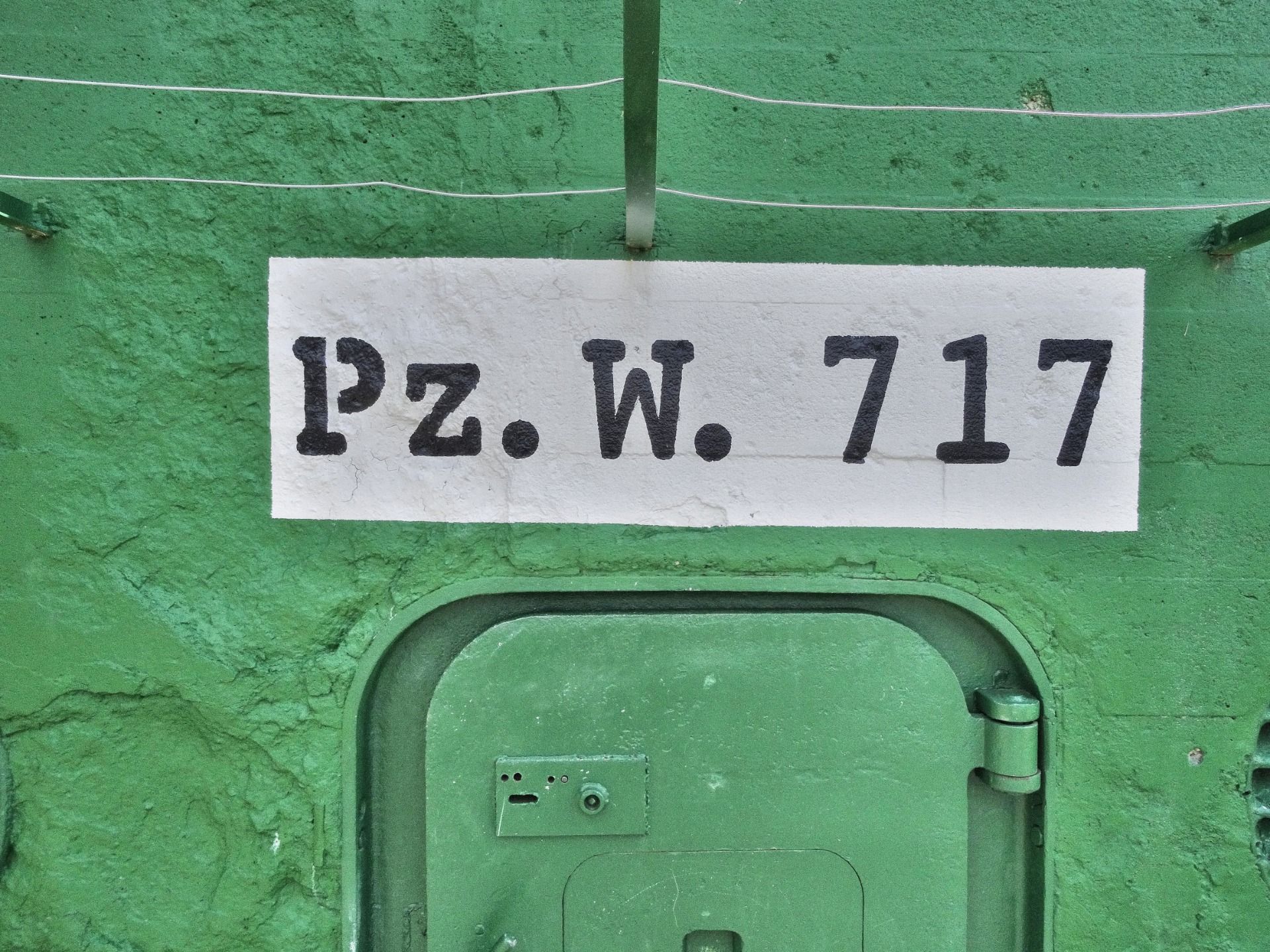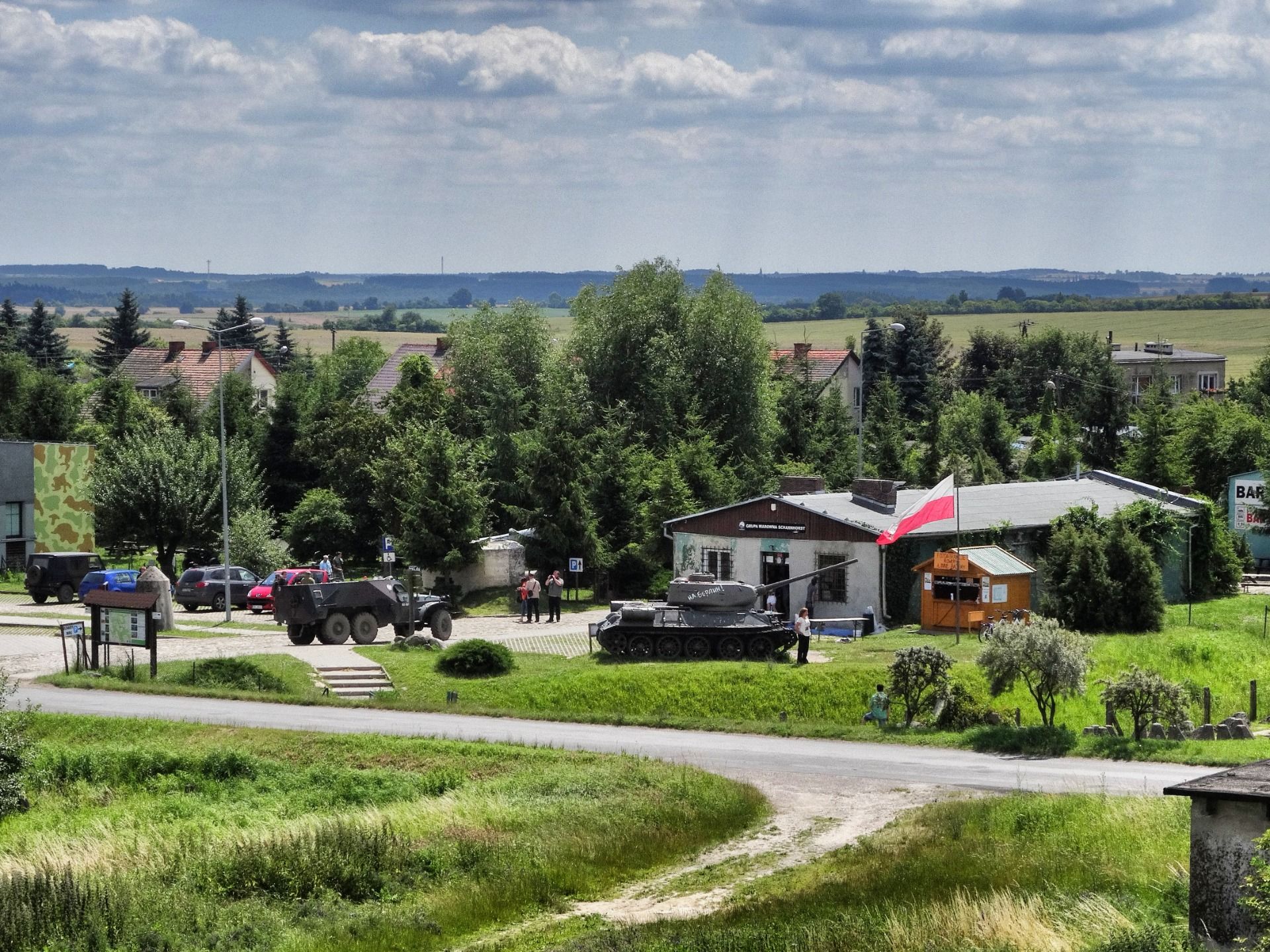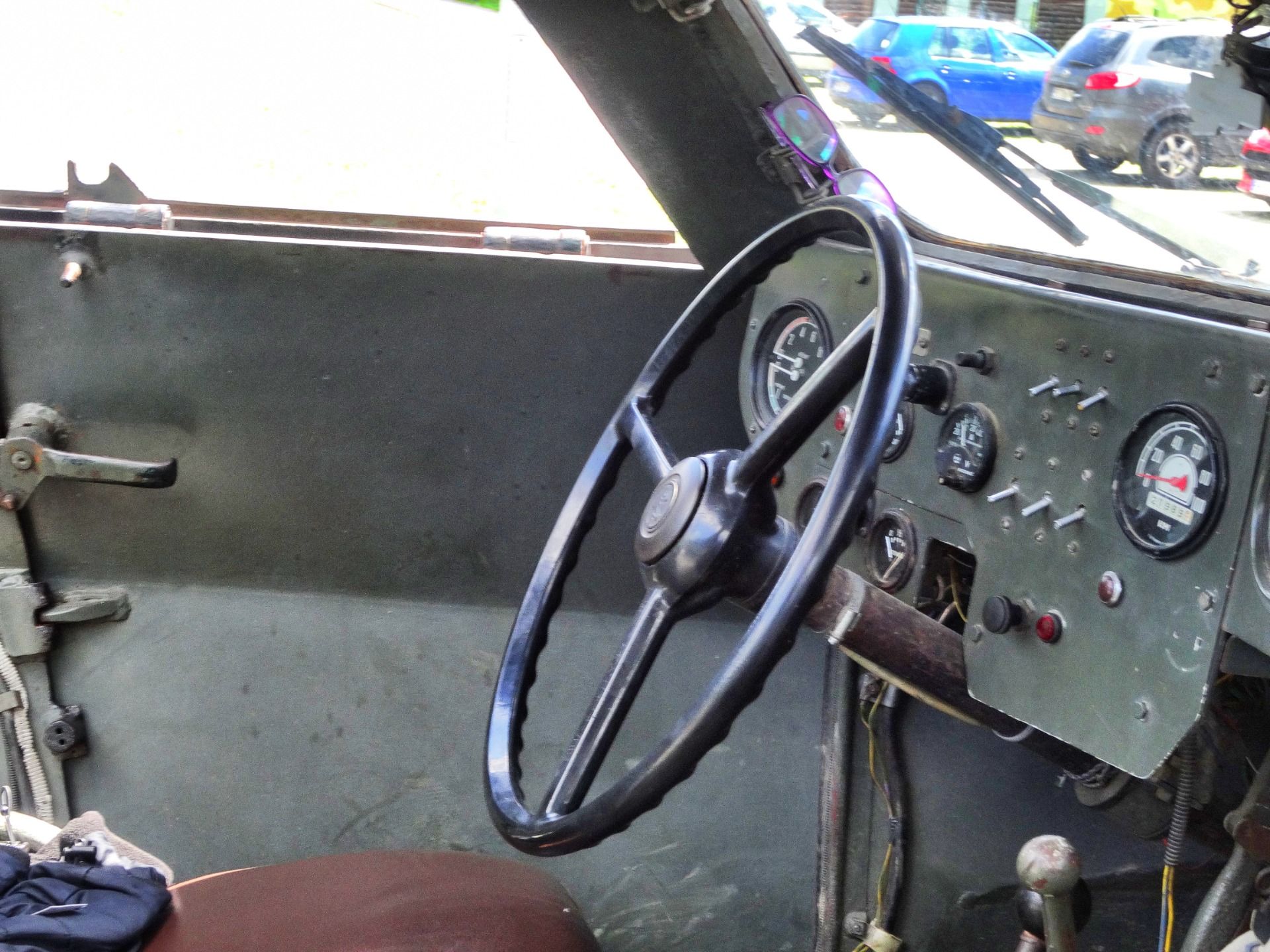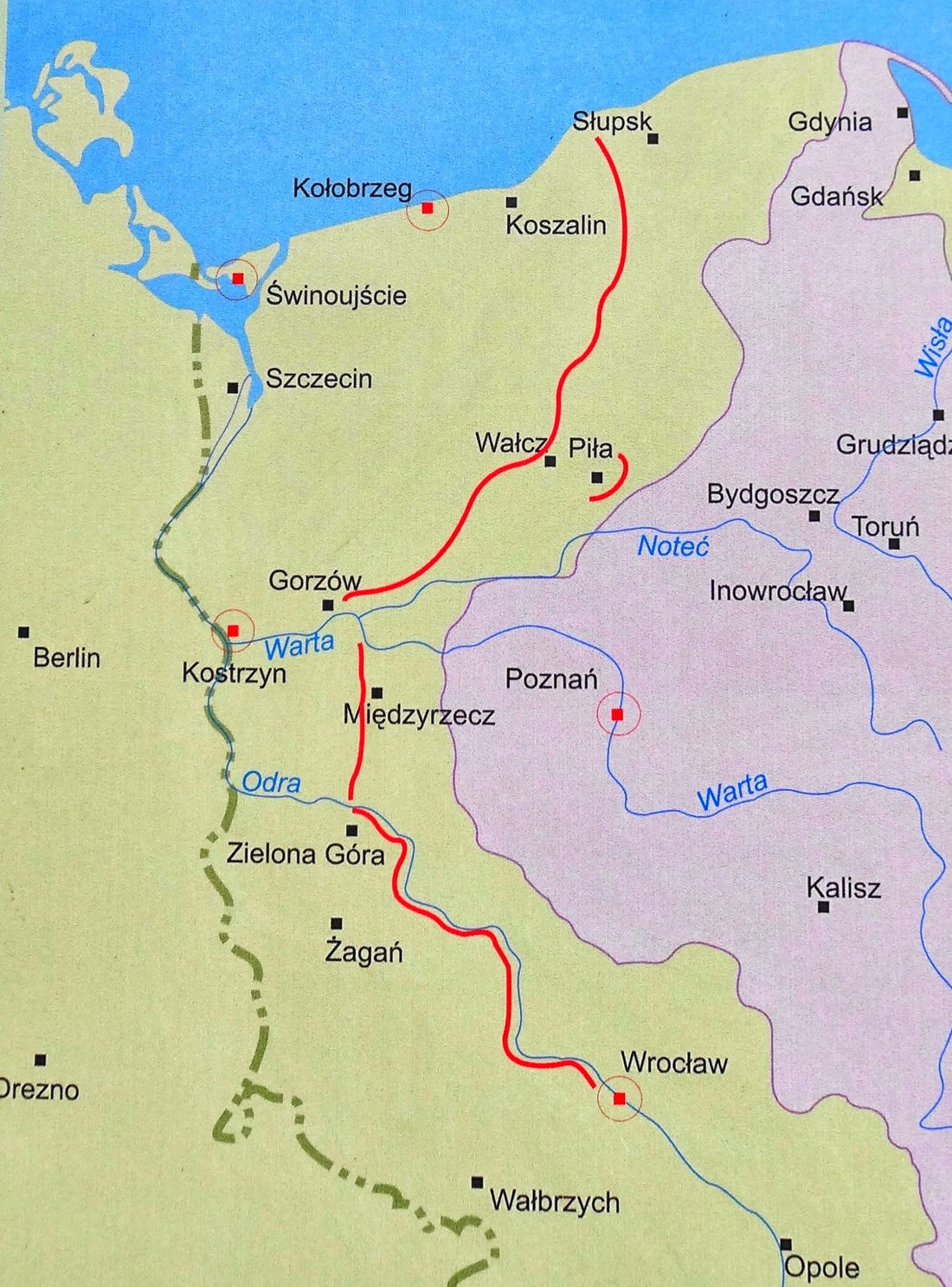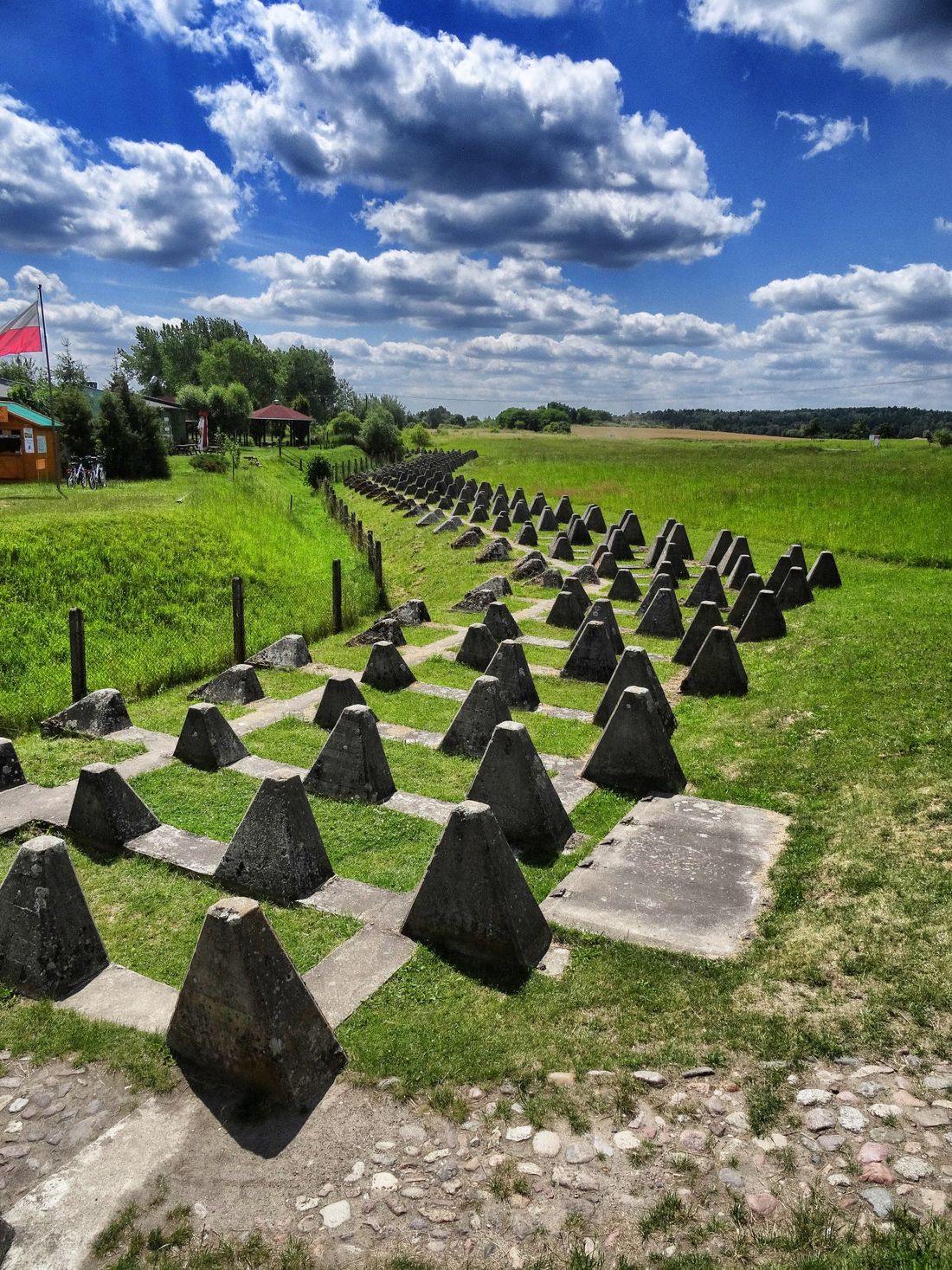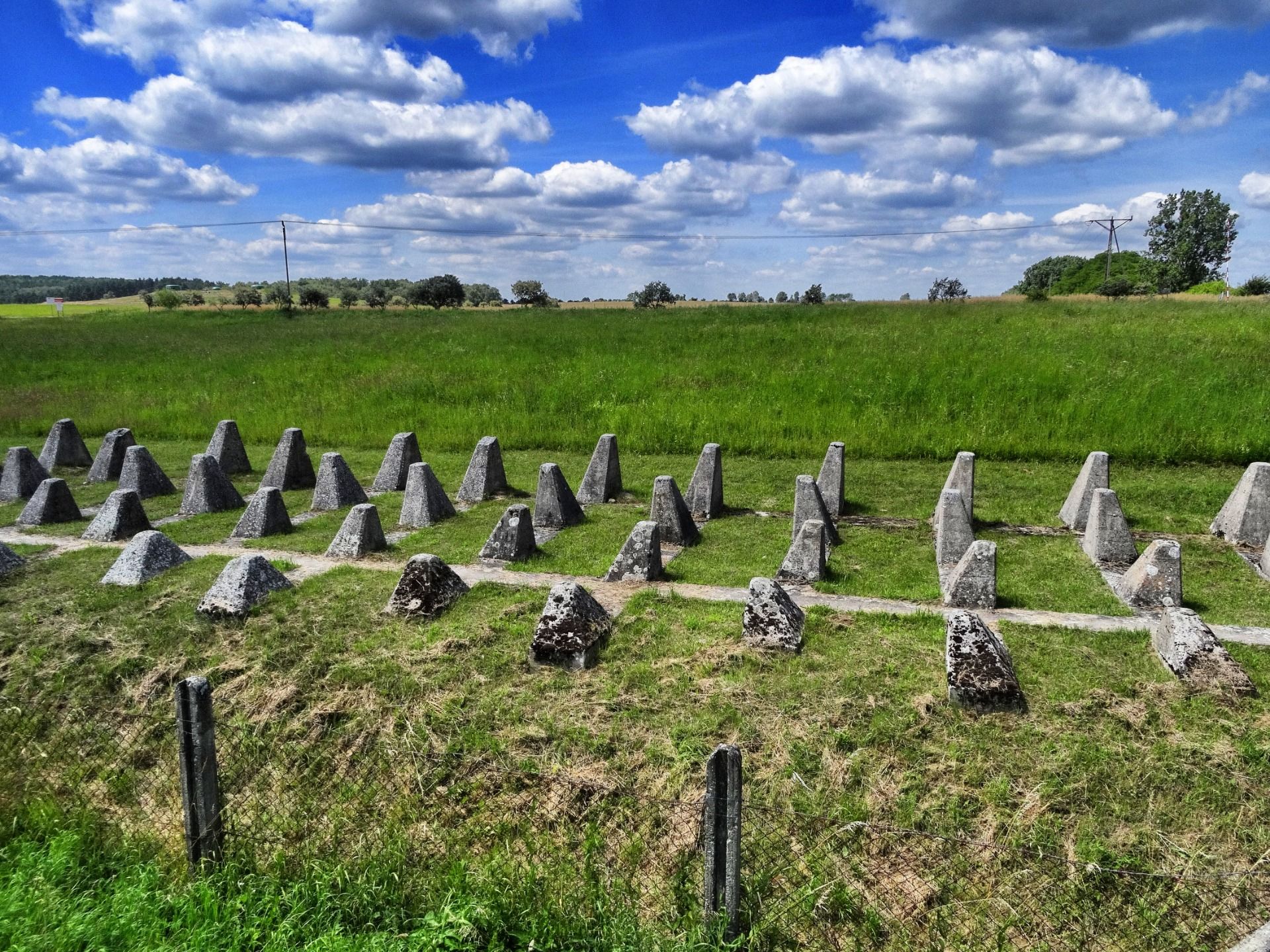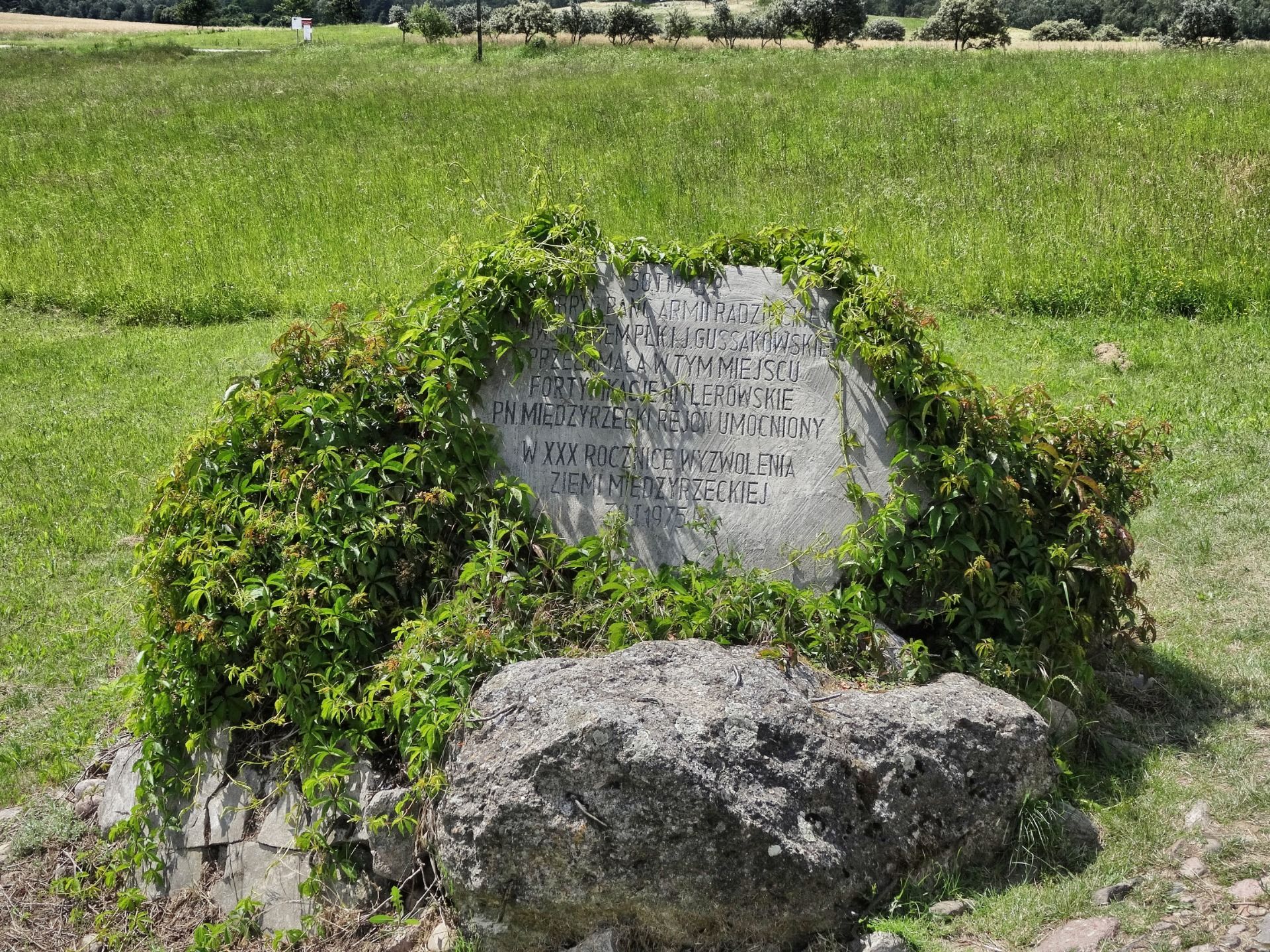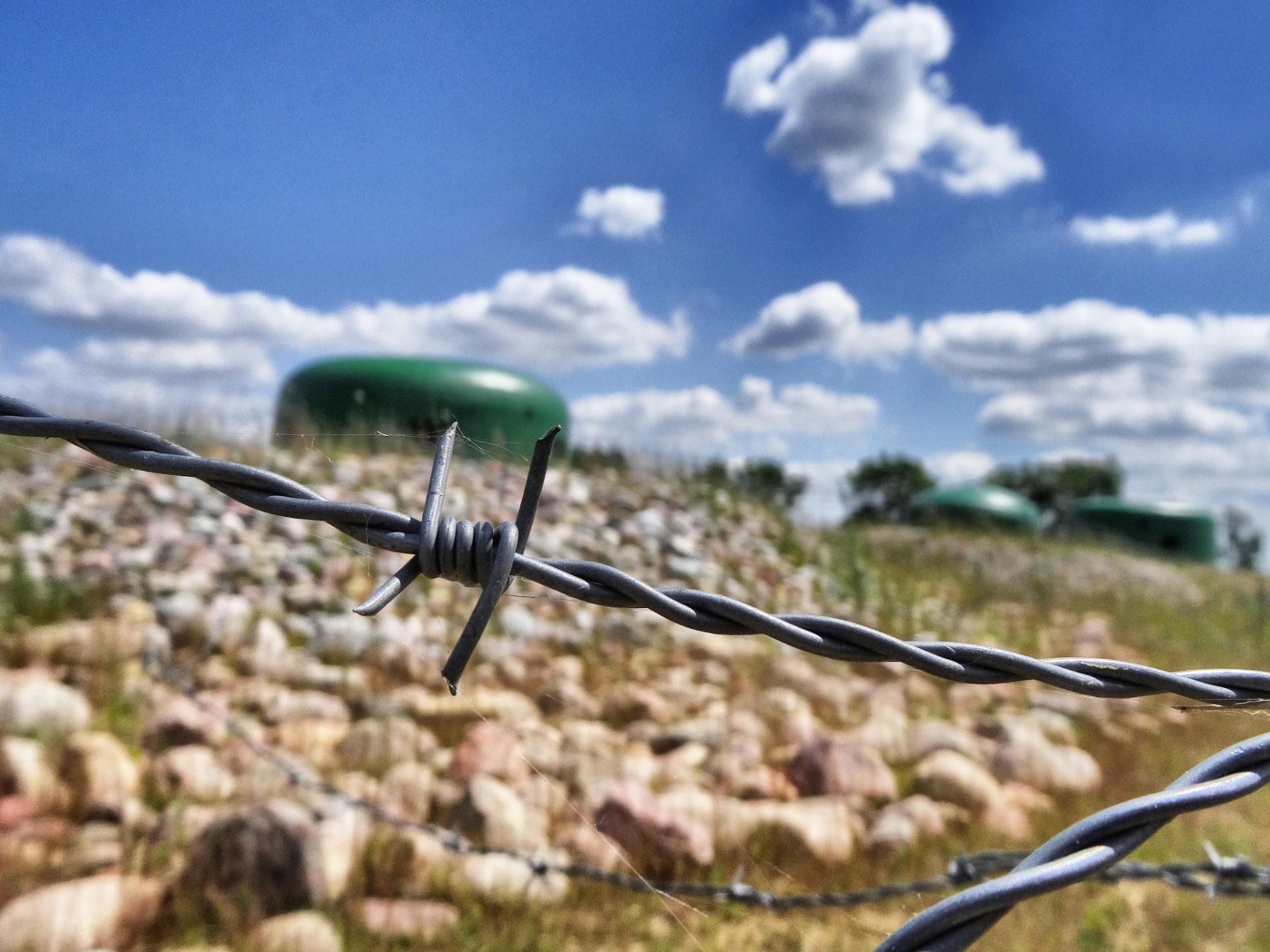First you see a tangle of concrete needles emerges. Then a few houses and mushroom-like structures made of stone, half buried in the landscape. Tanks stand around, armored personnel carriers, an old motorcycle and a one-man bunker.
We are in Poland, a country near and far away at the same time. This country has not always been in the same place throughout history. It was fought over, it changed its shape. In this forest we walk today there are only a few holes in the sandy soil, a few sunken old ditches and pieces of concrete that lead down into the depths.
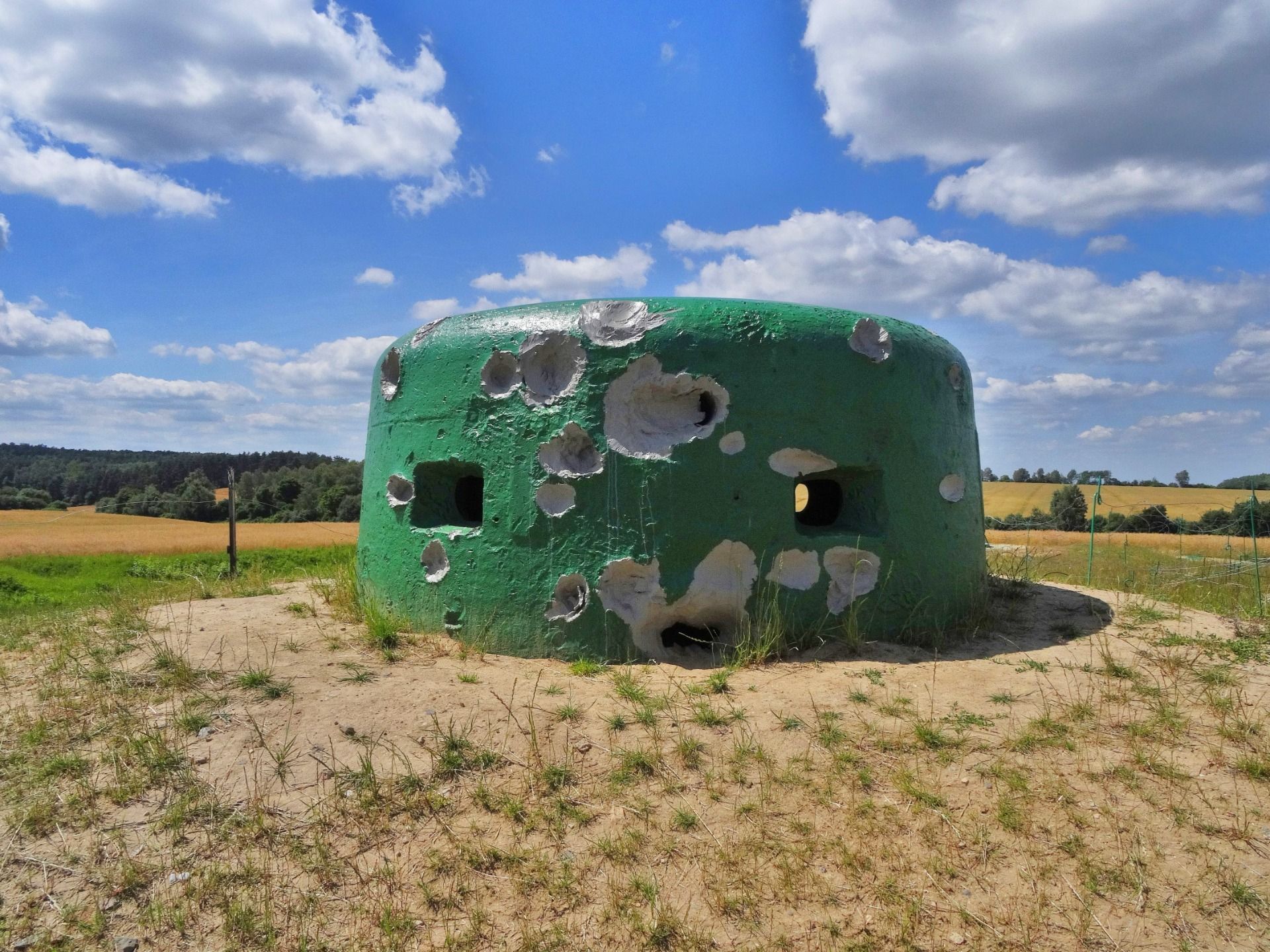
Welcome to Ostwall, a fortified front in the Oder-Warthe arc in Poland built between the two world wars to defend Germany's eastern border. The "Werkgruppe Scharnhorst" dug enormous holes in the ground here from 1934 to 1938, a 32 km long underground tunnel system was created with the fortifications of the "Pommernstellung" in the north and the "Oderstellung" in the southeast, which are connected underground.

The fortress at the Oder
But what is this, in the middle of Poland? Well, the "Fortress in the Oder-Warthe Arc", in Polish "Międzyrzecki Rejon Umocniony" or "MRU" for short, was built when Germany's border with its eastern neighbor still ran here and not much further west. This is also the reason why the "Ostwall", although not far from Berlin, is almost unknown.
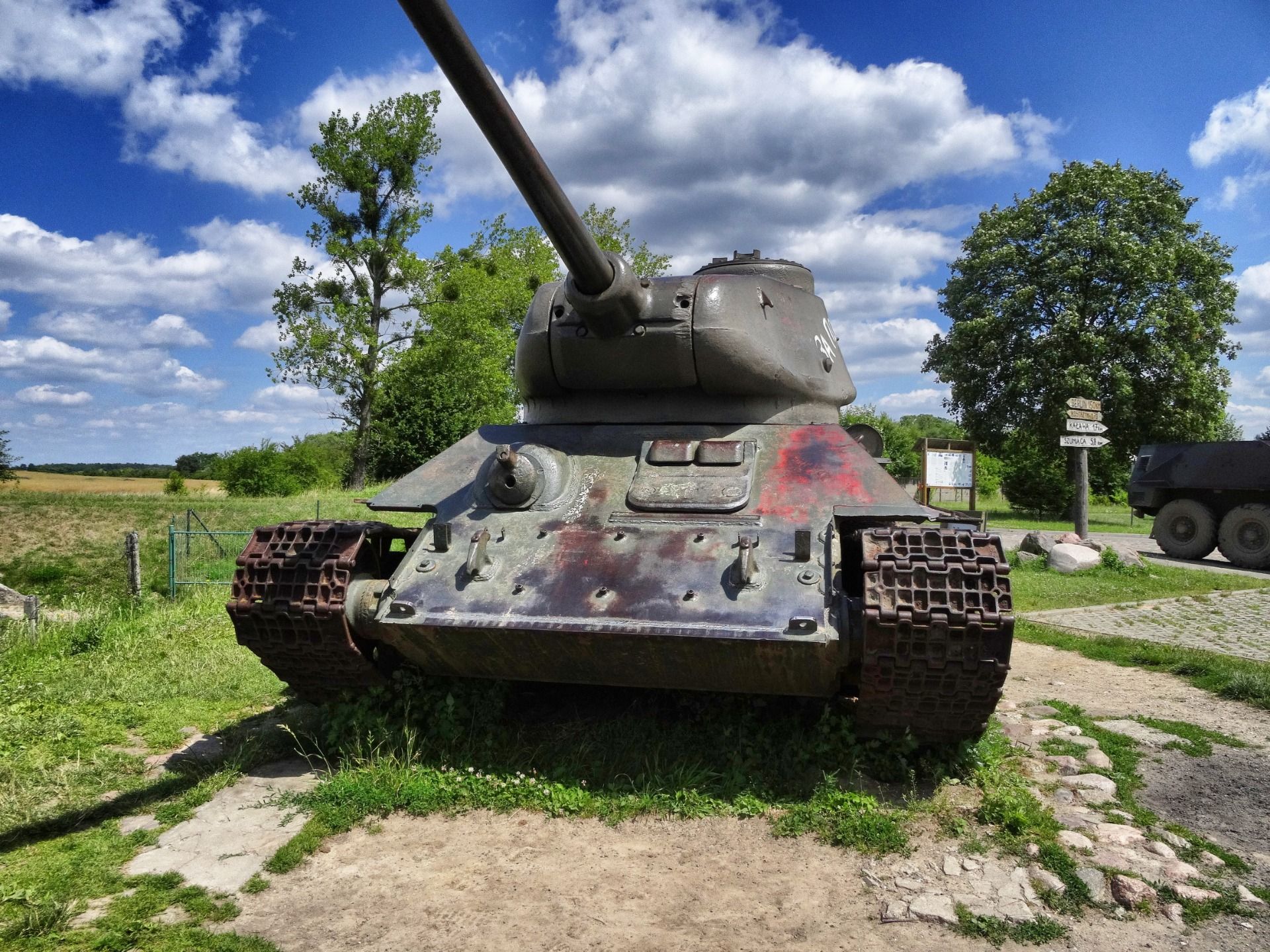
Its history, however, is exciting: Fearing attacks from the east, there were considerations in Germany in the 1920s to build a firm line of defense in the east. The only problem was that, under the terms of the Versailles Peace Treaty after the First World War, Germany was not allowed to build such fortifications.
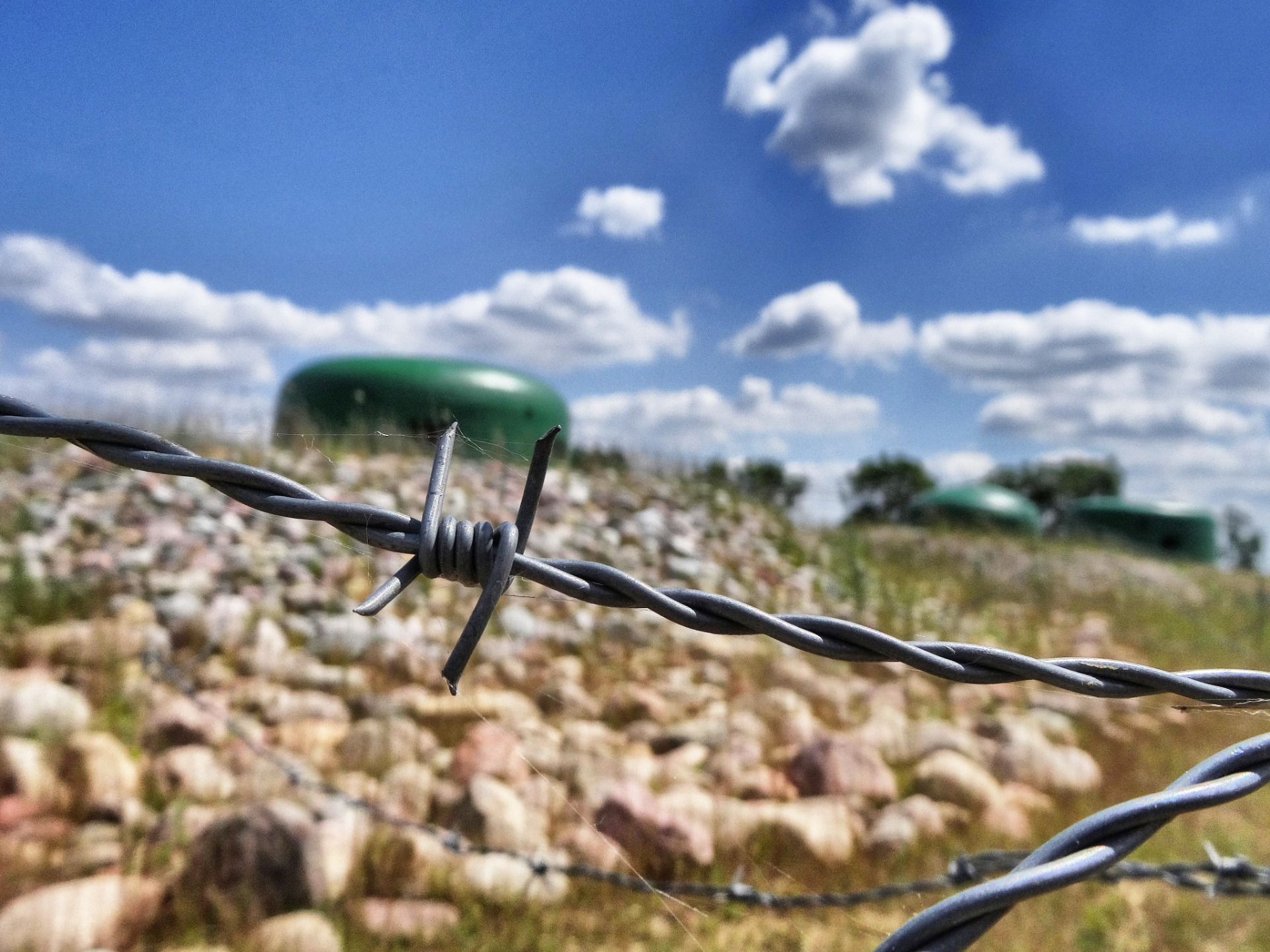
It was not until the dictator Adolf Hitler took power in 1933 that the plans were brought out of the drawer. The fortress front in the Oder-Warthe arc was to be completed by 1951, a mammoth undertaking covering a distance of around 100 kilometers. With bunkers, barracks, workshops and ammunition depots lined up like a string of pearls, connected by an underground tunnel system. The German military took their cue from the Maginot Line in France, which at the time was considered an example of a modern fortification.
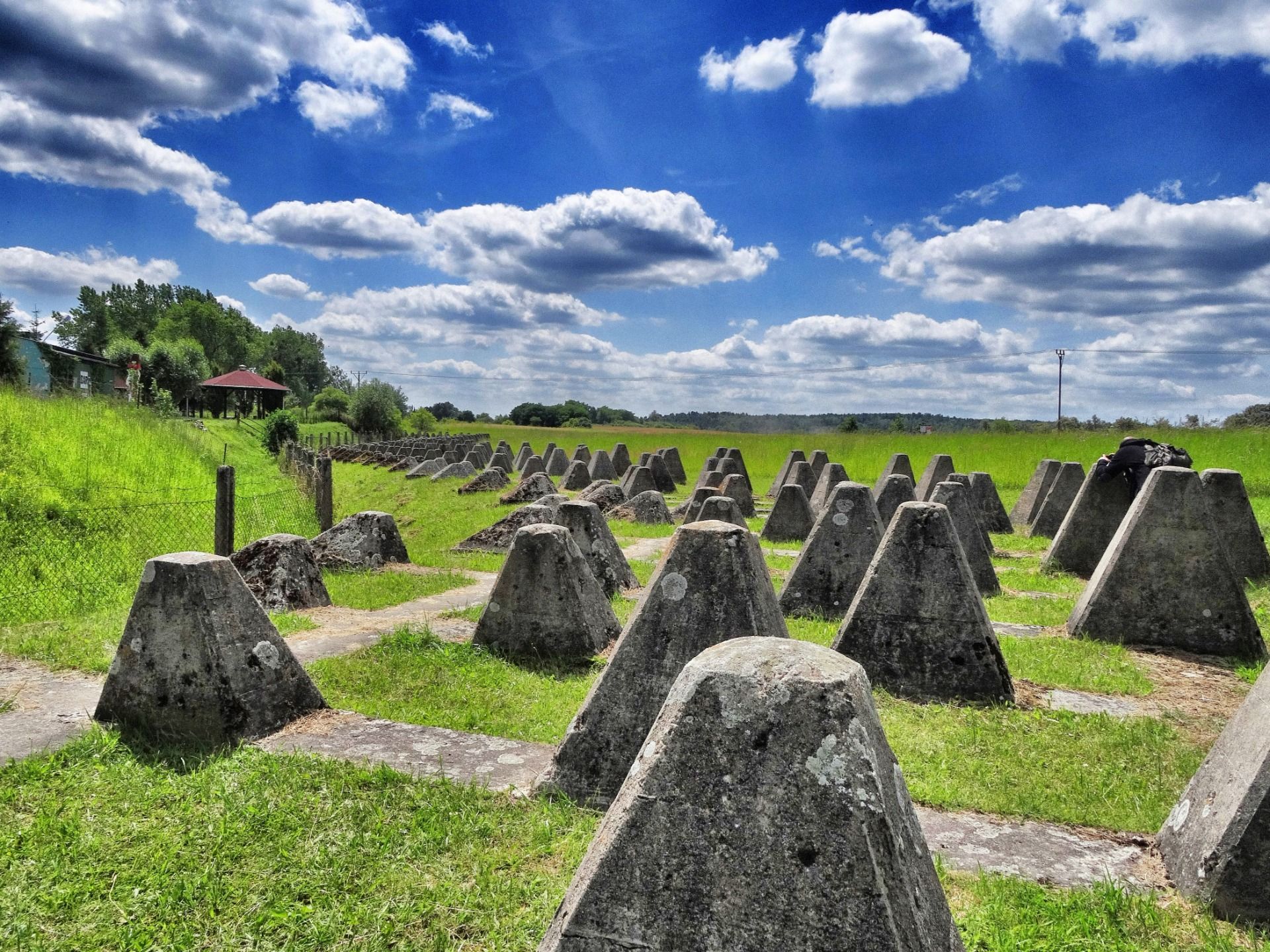
The hollow-tunnel-system
Everything was to be large and made of steel and concrete. Typical are the so-called Panzerwerke (Pz.W) in the central section, connected to other tunnels by the so-called "hollow tunnel system", through 20 kilometers of small tracks laid for the use of electric trains for the rapid transport of men and equipment. Supported by bunkers and observation posts, the system was intended to stop an "invasion" from the east.
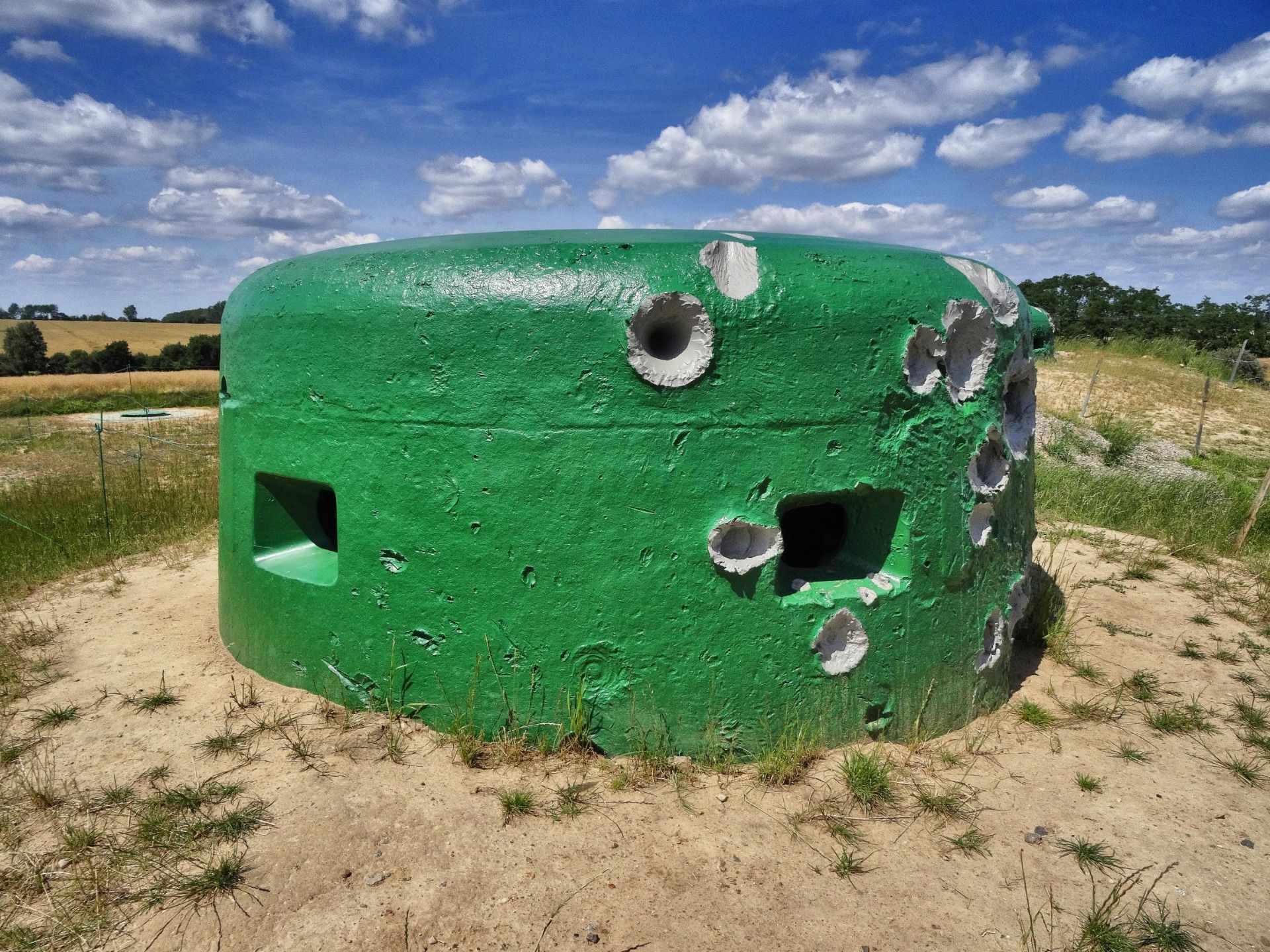
A lot of work for the Ostwall, who is basically a two-kilometer-wide strip extending north-south between the Oder and Warthe rivers. In the northern and southern parts, the fortification is formed by single bunkers, here called armored works, connected with natural terrain elements such as lakes. In the central section, right on the way to Berlin, the bunkers are very densely arranged and mostly connected underground by a system of tunnels.
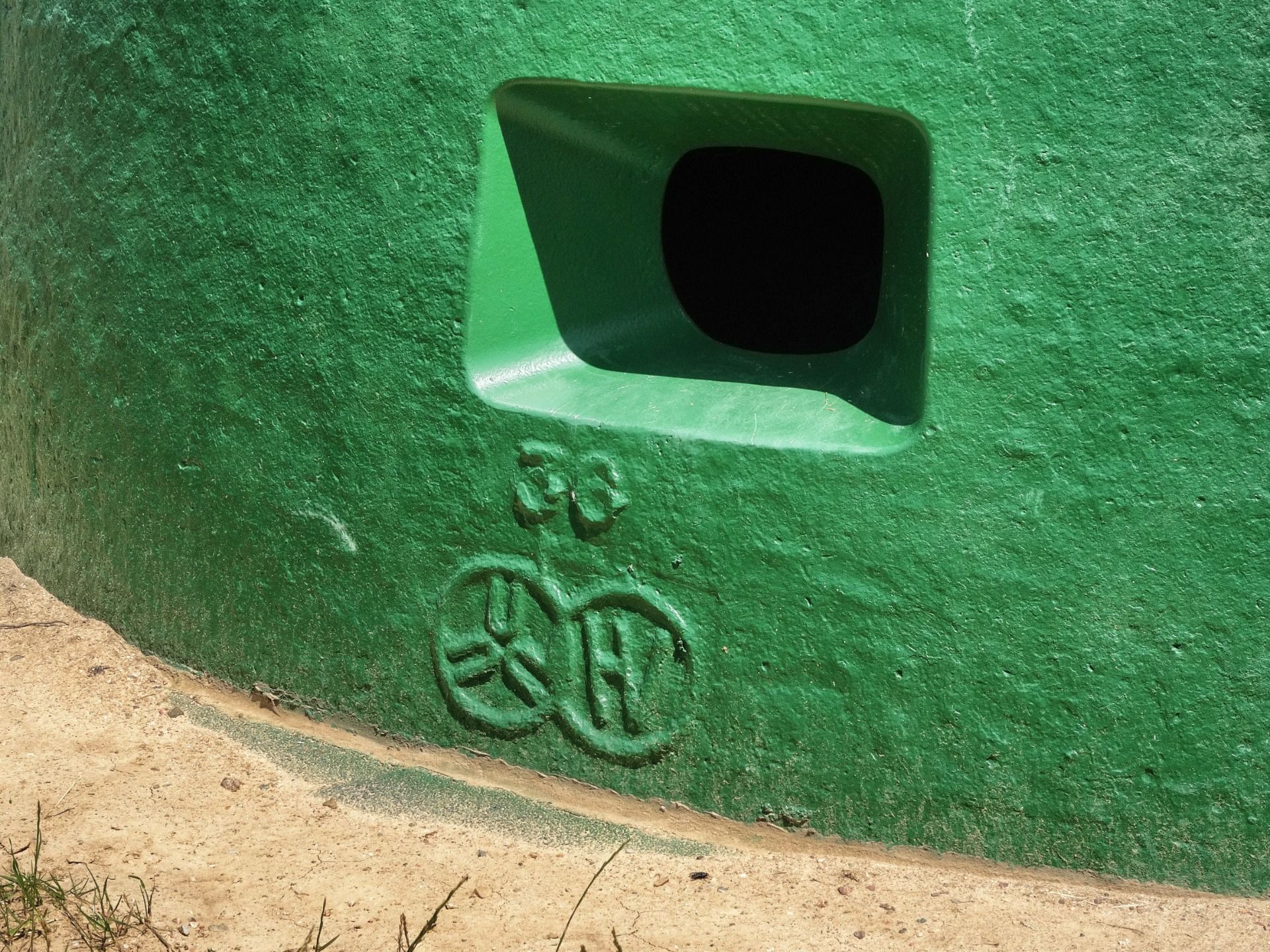
Never finished underground
However, not even the central section was completely finished. Men and material were needed otherwhere in the war. In 1938 the work stopped, only later, when the war seemed to be lost, construction workers arrived again. This no longer had a great influence on the fighting.

When the Soviet Army launched an attack on the central part of the Ostwall on January 28, 1945, the defenders were only able to delay the advance for three days. Then, after intense fighting, the attackers managed to break through in the central and southern parts.
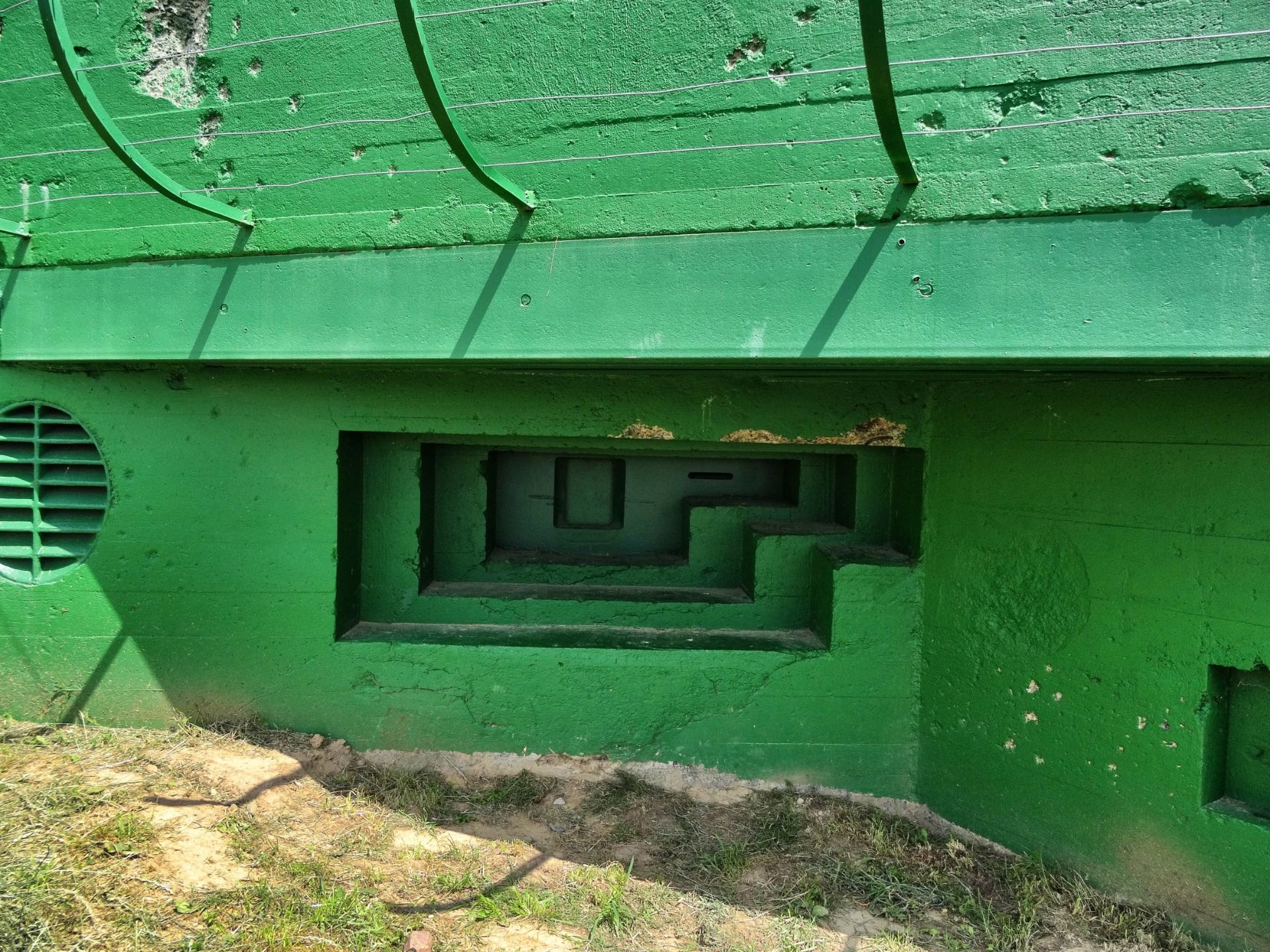
Despite the hard fighting and later use by the armies of the Soviet Union and Poland, many of the above-ground and underground structures are still well preserved today. The concrete tank traps near Pniewo look as if they have just been poured, and most of the bulky armored works of the central section, large rectangular concrete bunkers with walls 1.5 meters thick, are freshly painted around the bullet holes of 1945.

These tank works were designed as self-sufficient, self-contained combat shelters and housed standard armament consisting of one or more 6-barrel turrets for 2 MGs, a armored infantry observation dome, a tank turret for a machine grenade launcher and semiautomatic 5-cm mortars, as well as crew quarters, sanitary facilities.
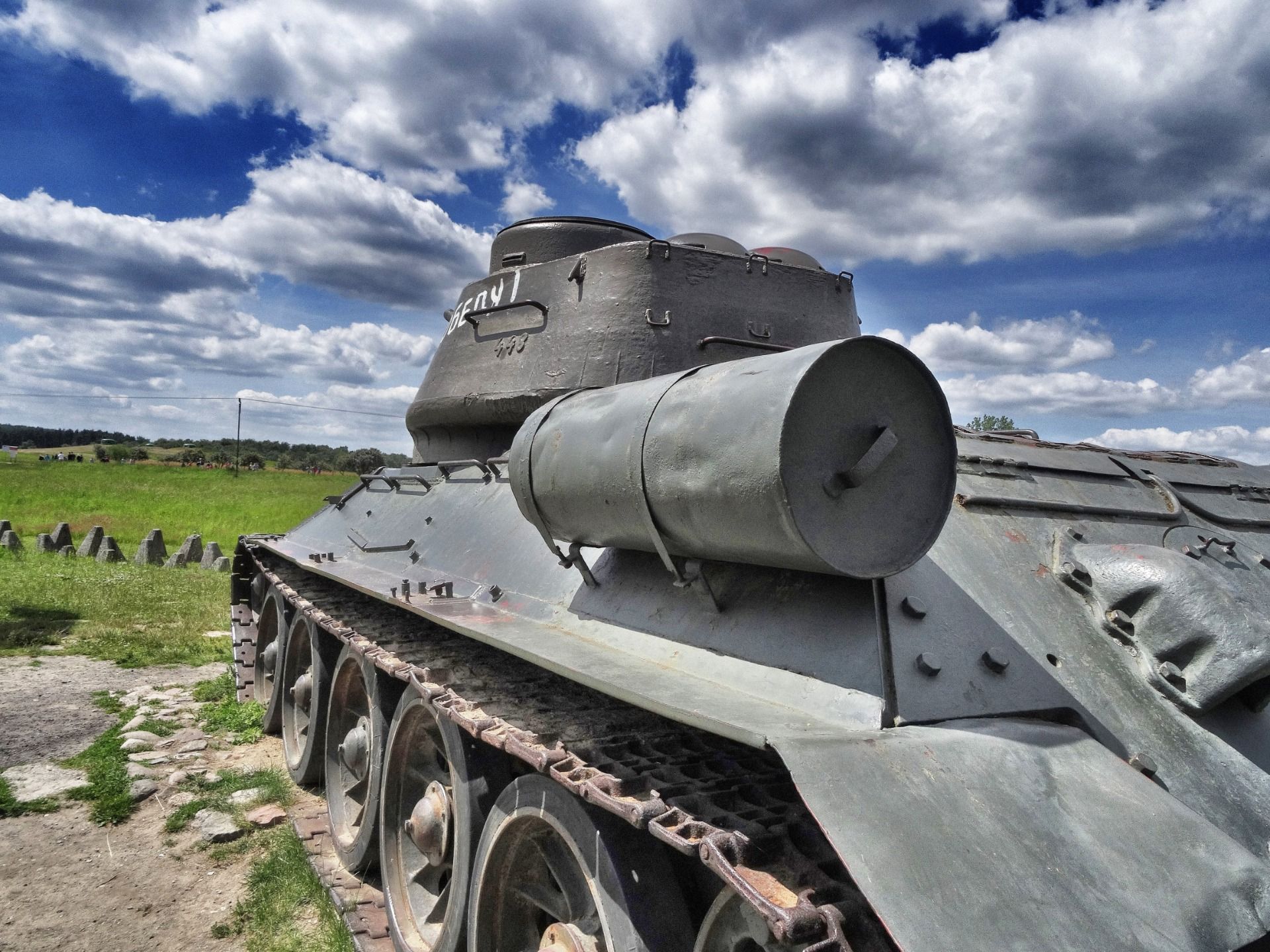
Welcome to the "Panzerwerk"
The "fortress flamethrowers", Mgs and cannons have disappeared, for visitors of the museum, which exists here today, a few Russian tanks were set up as a backdrop. However, some areas around have already been reclaimed by nature, not only flora, but also fauna is hurrying up.
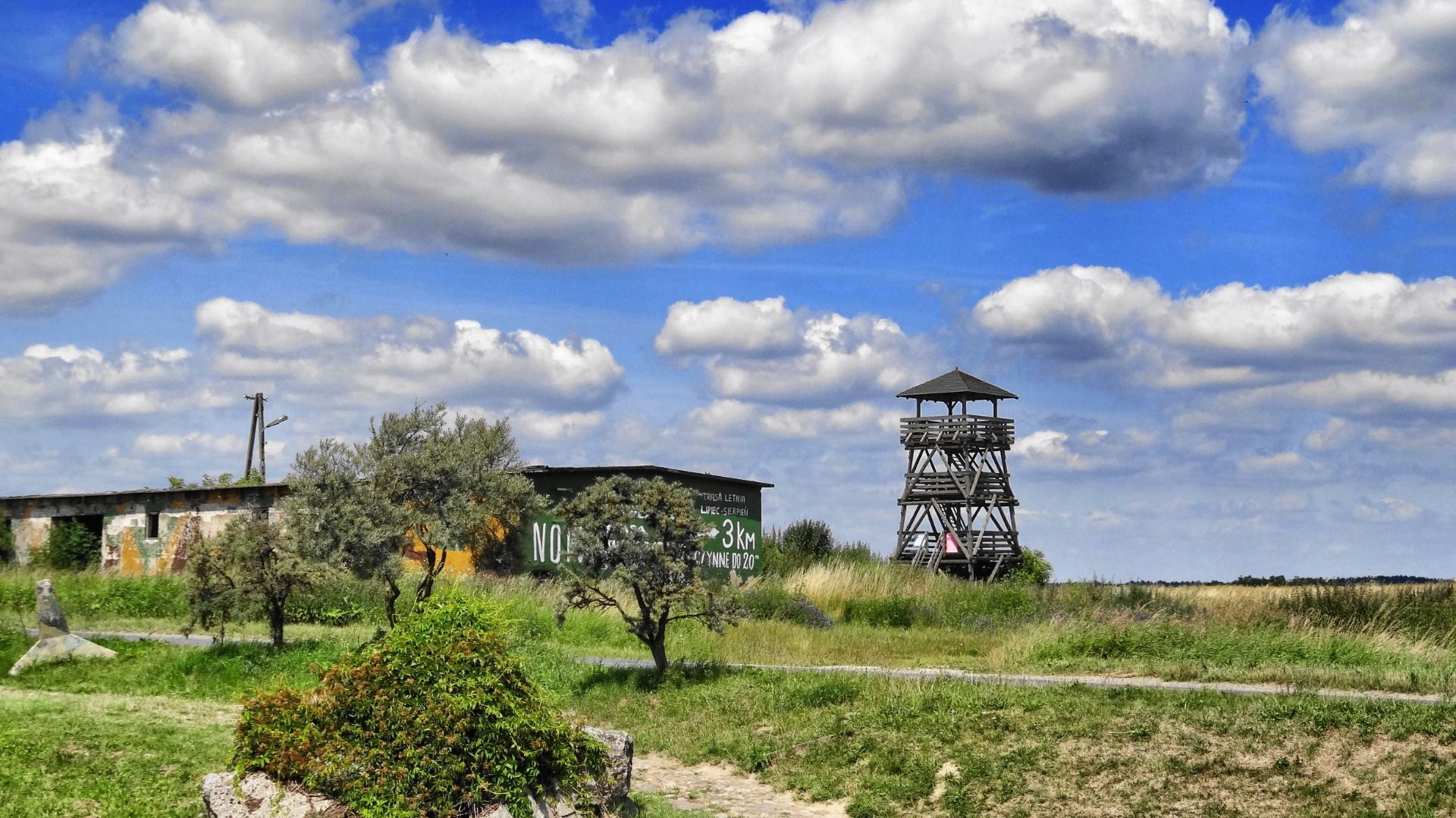
For example, there are huge colonies of bats that have transformed the place of war into one of peace. The long-forgotten East Wall was discovered as a tourist destination only late. Today, however, it attracts not only adventure seekers and history buffs, but also lost-place tourists looking for the last secrets of the long corridors and deep crypts. They are officially allowed to look around in Panzerwerk 717; the building is part of the Ostwall Museum and open to the public.
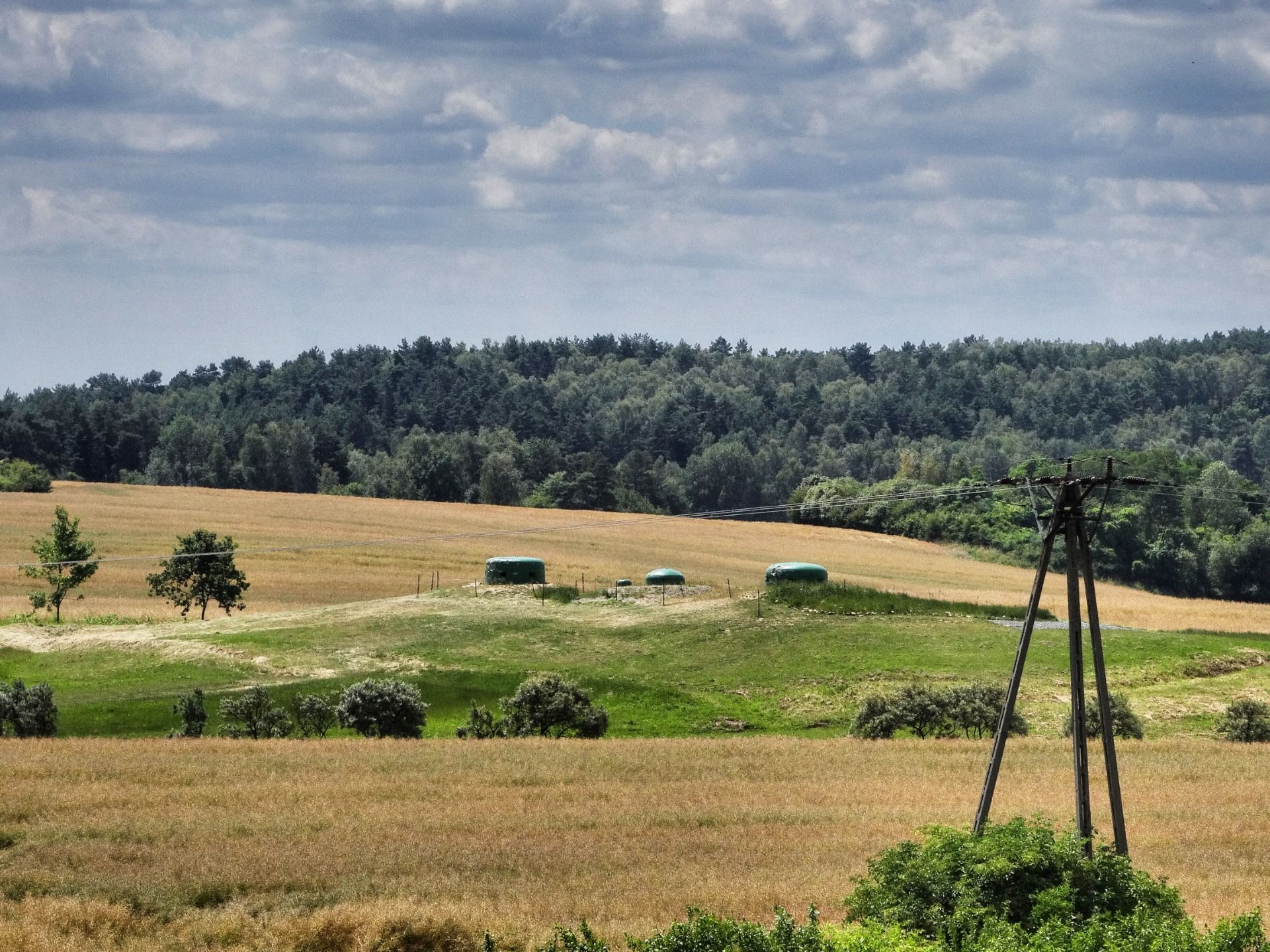
Those who want to visit the Ostwall: In the village of Pniewo, the completely renovated Panzerwerk 717, which is largely equipped with original furnishings, can be visited. From April to September, the Polish nature conservation authority also allows visitors to descend into the underground installations of the highly interesting tank battery 5, also known as the "Burschener Schleife". At this site, one can visit bunkers as well as take an extended discovery tour through the diverse underground installations of the Ostwall.
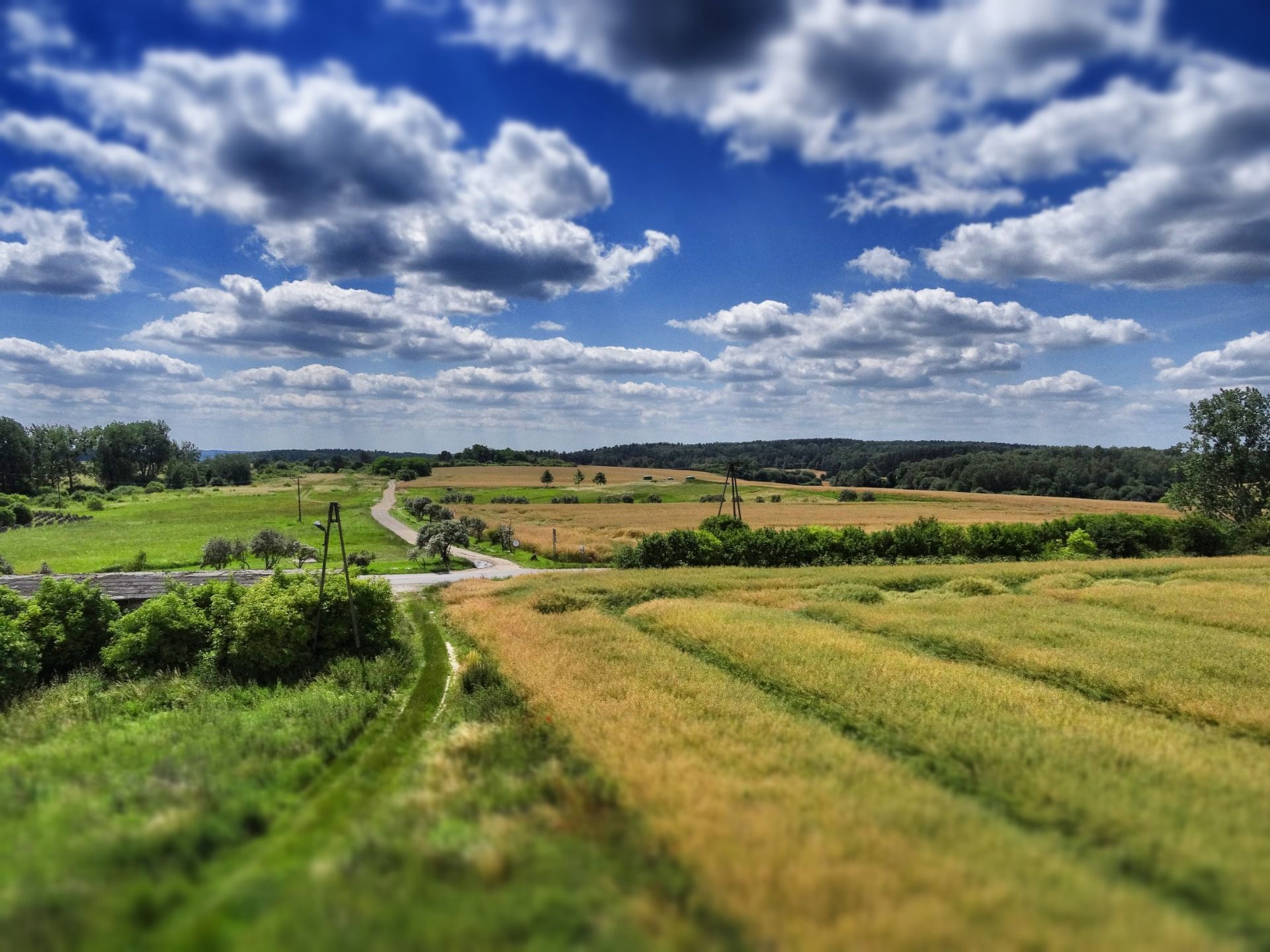
You can read the first part here, second here, 3 here and 4 here and the 5 here, 6 here and more here and here
Thank you for reading and if you like my work please follow me on Hive, Travelfeed or Steem or visit my homepage koenau.de
A few more pictures for you:
